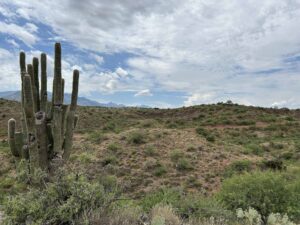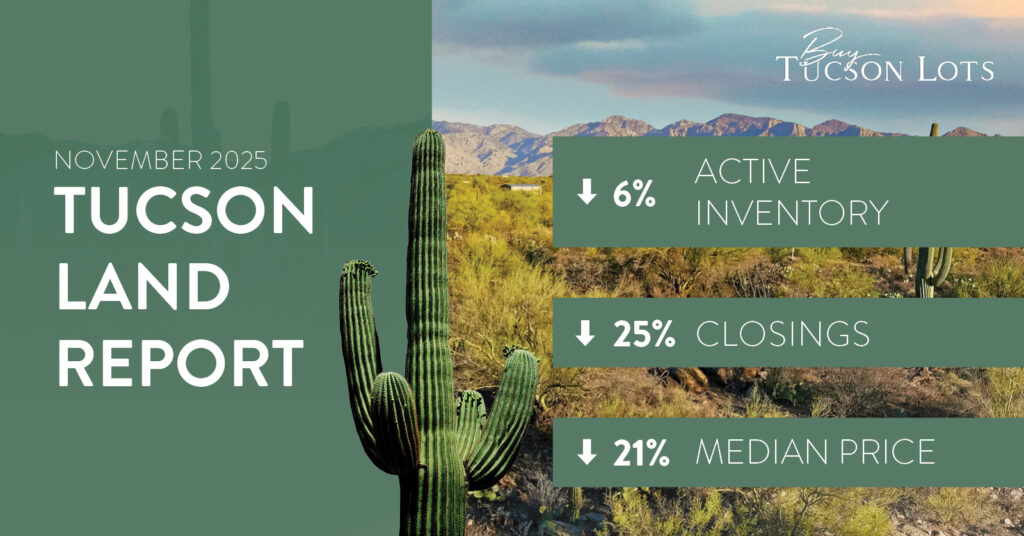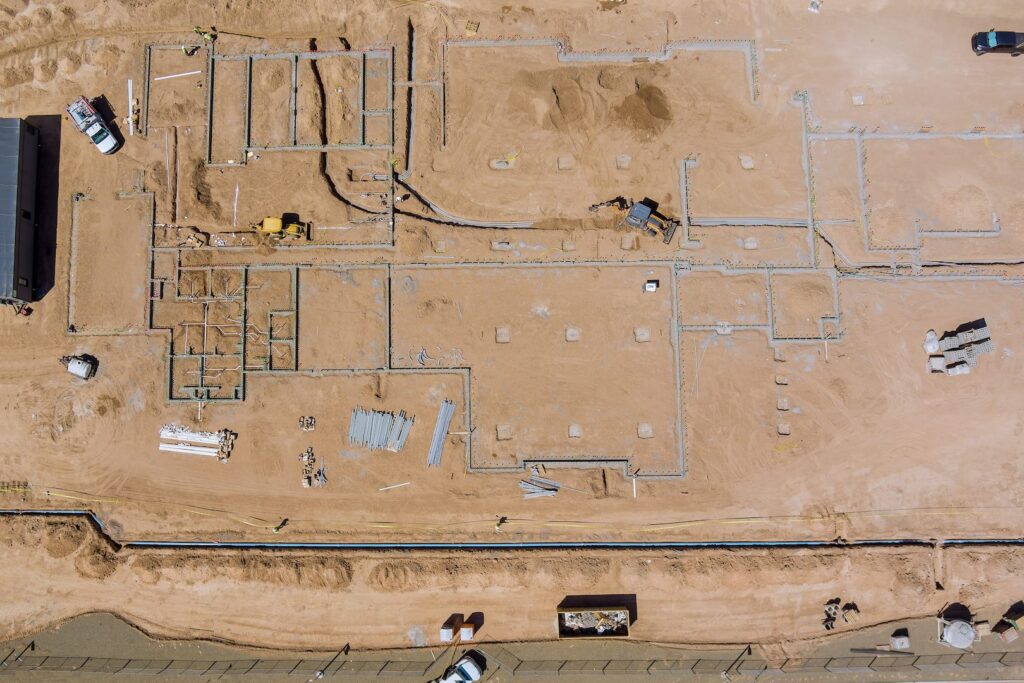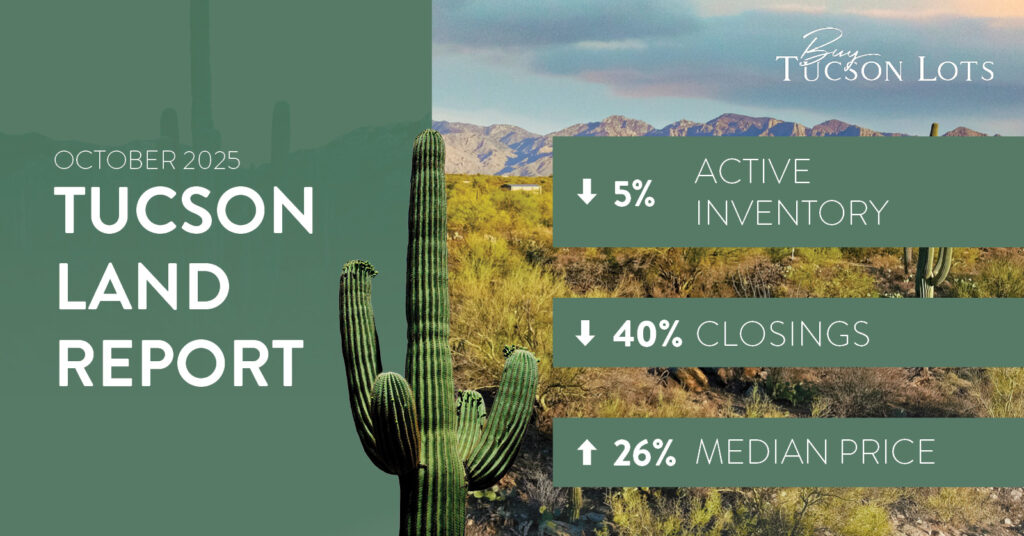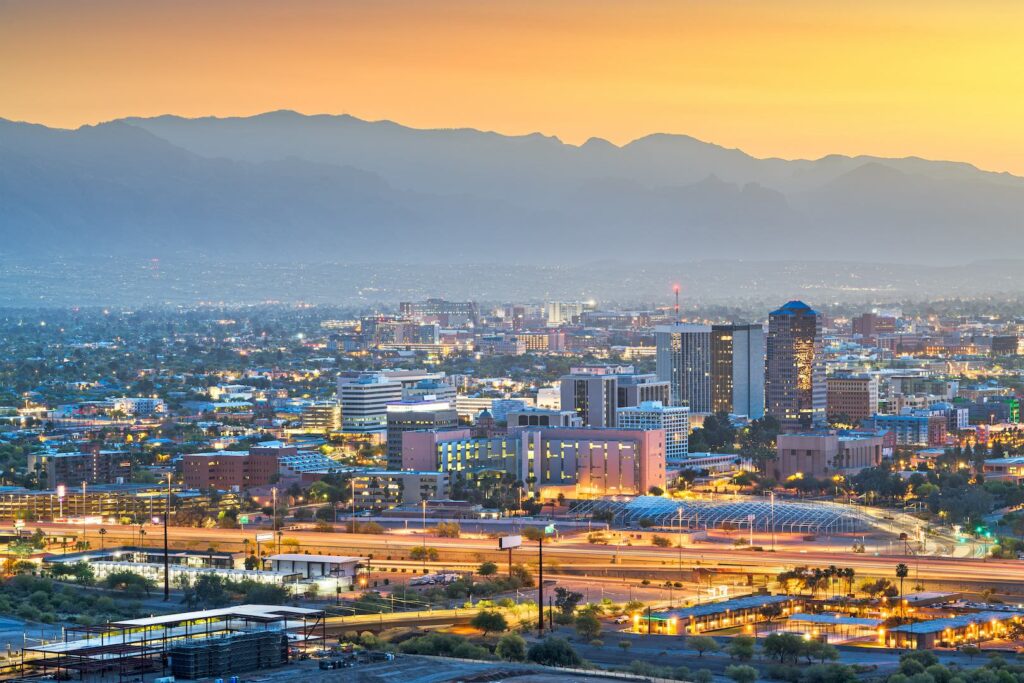What Is a Floodplain?
Guest Blog by Patricia Gilbert, Land & Home Site Specialist, Long Reality Co. and Principal Hydrologist at Pima County Regional Flood Control District
A floodplain is any area associated with a watercourse (wash) which is covered by flood water due to rainfall. Large portions of floodplain can be located outside the banks of washes.
Sometimes you will hear a floodplain being referred to as the “100-year” floodplain or the “base flood” of the floodplain. These terms refer to an area that is inundated by flood waters resulting in storms that have a 1% chance of occurring in any given year.
Floodplain Types
There are different types of floodplains.
FEMA Floodplains
The most common floodplain type is a FEMA (Federal Emergency Management Agency) floodplain. FEMA is the federal organization with the responsibility to prepare for, protect against, respond to, and mitigate hazards. FEMA has mapped floodplains on what is called the “Flood Insurance Rate Map” (FIRM). This is an official map that displays FEMA-identified Special Flood Hazard Area (SFHA) floodplains and floodways.
The SFHA zones A, AE, AH, and AO are federally mapped floodplains shown on FIRMs and are the basis for flood insurance rates. Though mapped by FEMA, the applicable jurisdiction is responsible for regulating these floodplains in accordance with FEMA and National Flood Insurance Program (NFIP) requirements. The NFIP is a federal program that provides for flood insurance and establishes minimum standards for development in floodplains.
Sheet Flow Floodplains
Common within Pima County is a floodplain called a “Sheet Flow Floodplain.” This is a unique type of flooding in which existing washes are not large enough to convey the base flood, so flood water subsequently spreads out over the land surface at depths of six inches or greater. Since a clearly defined channel may not exist, the path of flooding is often unpredictable and may cover large areas.
In newer residential developments, the developer may have had to provide more detailed information through an engineering drainage study. Through the presented information, the developer must demonstrate how engineered drainage can result in a change within the old floodplain limits or show the discovery a flood hazard that has not been mapped before. These floodplains are known within Pima County as “Developer Mapped Floodplains.”
If you live in a subdivision, the developer may have already mapped the flood hazards in your area. Check your subdivision plat to make sure or call the appropriate jurisdiction to find out.
Tucson, Marana, Oro Valley, Sahuarita, South Tucson, and unincorporated Pima County regulate washes with a base flood rate of 100 cubic feet per second (cfs) or greater. Some washes have a smaller amount of flows. Consequently, if the municipality does not regulate the wash with a smaller amount of flow (less than 100 cfs), these washes are capable of causing damage. A regulatory wash is one that conveys 100 cfs of water, which equates to a watershed size of approximately 20 acres. Three tons of water per second is equal to more than 100 cfs, or almost 25 fire hydrants at full flow!



